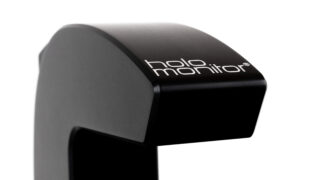National Institute on Aging and PHI sign collaboration agreement

The National Institute on Aging (NIA) and Phase Holographic Imaging (PHI) recently entered a collaboration agreement, aiming to develop an add-on fluorescent module for PHI’s HoloMonitor imaging cytometer. NIA is one of the 27 research institutes of the National Institutes of Health, leading a broad scientific effort to understand the nature of aging and thereby extend our healthy, active years of life. National Institutes of Health is an agency of the United States Department of Health & Human Services.
In pursuit of making novel research tools available to NIA and the medical research community in general, the goal of the collaboration is to develop a fluorescence module that can be attached to the current model of PHI’s imaging cytometer, HoloMonitor® M4 — essentially creating a new product with a unique combination of holographic and fluorescence imaging capabilities for kinetic single-cell analysis.

National Institute on Aging, Baltimore
In late 2019, NIA acquired a HoloMonitor unit from PHI. HoloMonitor allows cell biologists to monitor physiological transformations of laboratory-cultured cells. The add-on fluorescent module will allow scientists to also study the genetic activity of individual cells and its relationship to observed physiological changes.
The genetic activity of living cells is characterized using fluorescent labeling, achieved either through genetic manipulation or by applying synthetic fluorescent labels. The integration of holographic and fluorescence imaging in a single instrument dramatically improves the medical relevance of cell culture experiments by reducing the toxicity associated with fluorescent labeling to an absolute minimum. Furthermore, the seamless integration allows genetic and physiological activity to be characterized in a single experiment, something which requires multiple experiments using conventional instrumentation.


